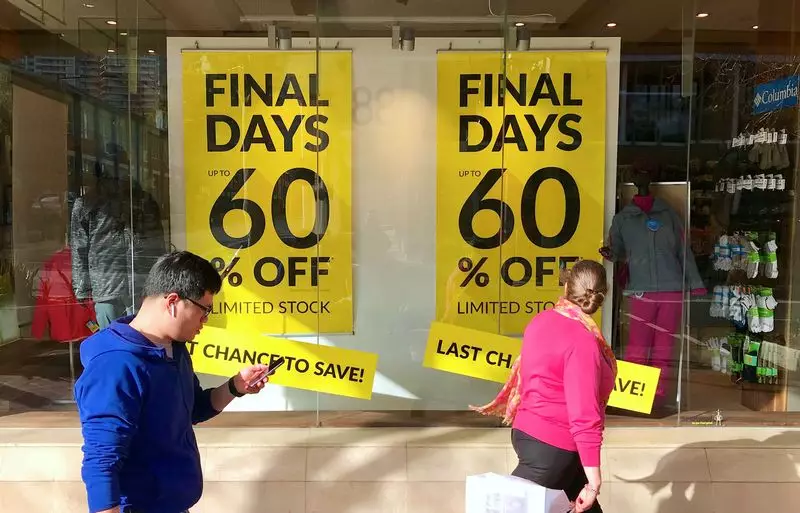In recent developments, Australian retail sales have demonstrated a robust growth trajectory, showing increases for three consecutive months leading into October. With a reported rise of 0.6% from September, the growth outpaces many analysts’ predictions, who anticipated a more modest 0.4% increase. This upward trend in retail sales, now sitting at A$36.7 billion (approximately $23.9 billion), reflects not just the effectiveness of tax cuts but also a rekindled consumer confidence in the economic landscape. The data revealed by the Australian Bureau of Statistics (ABS) signifies a positive reverberation through the economy, indicating that earlier sluggishness is being replaced by vigorous activity, particularly in advance of the holiday shopping season.
Impacts of Tax Cuts and Consumer Sentiment
The contributing factors to the retail sales boom are multifaceted. Primarily, the significant tax cuts instituted earlier in the year are finally reaching consumers’ pockets. The timing could not be more favorable, coinciding with a noted decline in inflation rates. Consequently, consumer sentiment has surged—taking a rise for two consecutive months and reaching levels not seen for two and a half years. The head of business statistics at the ABS, Robert Ewing, has emphasized that the retail landscape is driven by an eagerness for discretionary spending, particularly as many retailers have started to roll out discounts in anticipation of Black Friday. Goods, especially in the electronics sector—think televisions and audio-visual devices—are proving to be hot commodities during this festive spending period.
The Interest Rate Environment
In contrast to the flourishing retail sales figures, the Reserve Bank of Australia (RBA) has maintained a steady interest rate of 4.35% for the past year. Despite maintaining this level, market analysts have begun to suggest that there is little expectation for immediate rate reductions. Tapas Strickland from the National Australia Bank (NAB) notes that a significant decrease in downside risks associated with consumption reinforces the idea that the RBA may hold off on any drastic easing measures, particularly given the ongoing high rates of inflation within service sectors. This situation points to a broader economic stability, suggesting that individuals are prepared to spend, supported by steady employment figures and a healthy labour market.
Looking ahead, forecasts for the retail sector remain optimistic, with analysts from NAB projecting another substantial rise in sales figures for November. This positive trajectory is expected to underpin economic growth, with expectations of a potential 0.5% increase in quarterly growth rates for the third quarter, a notable improvement from previous quarters that lagged at just 0.2%. Economic experts like Adam Boyton of ANZ emphasize that robust growth in household incomes should become evident in forthcoming accounts, further solidifying the economy’s recovery narrative.
Policymakers at the RBA are keeping a close watch on these developments, as the strength of the retail recovery plays a crucial role in future monetary policy decisions. Their approach will likely hinge on the continued momentum of household spending and the overall health of the economy. According to market assessments, the chances for any rate cuts in the short term are slim, with a timeline for potential adjustments leaning towards mid-2024 at the earliest. Therefore, as retail sales continue to exhibit strength amidst favorable economic conditions, the RBA faces the challenge of balancing growth with inflation control, ensuring a sustainable economic landscape moving forward.
Australia’s recent retail sales performance is a promising sign for the economy. The interplay of tax cuts, consumer sentiment, and steady interest rates collectively serves as indicators of resilience and potential growth. The months ahead will be pivotal in determining the trajectory of both consumer spending and wider economic health.

